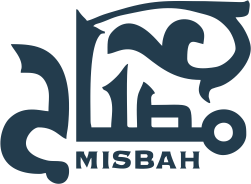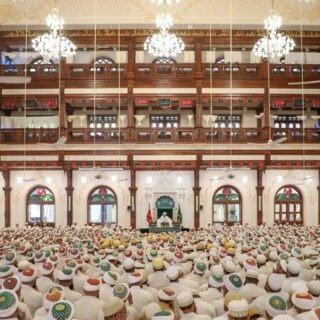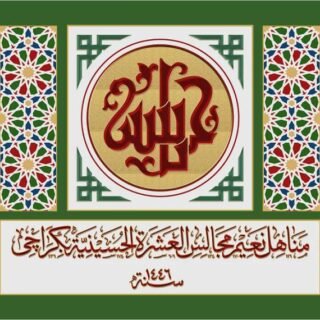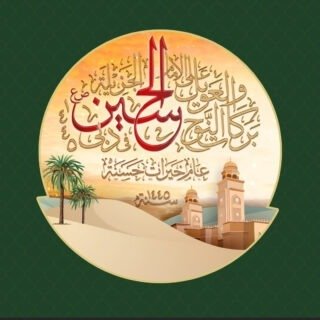It has been discussed in the previous issue that there are nine types of questions according to the philosophers:
- ‘Is it?’
- ‘What is it?’
- ‘How many?’
- ‘How is it?’
- “What thing is it?”
- ‘Where is it?’
- ‘When was/is it?’
- ‘Why is it?’
- ‘Who is it?’
We have already discussed the first two of these and in this article will continue discussion of the forms of questioning outlined above.
The third question is ‘How many/much?’ The question pertains to measurement. Dimensions and measurements are of two types. One is the continuous and the other separated. The continuous forms of measure are of five types: line, plane, body, space and time. The separated forms of measure are two: numbers and motion. In all of these instances we can ask the question “How many or how much?” and they can be quantified.
Now on to the next question, “How (is it)?”
This question pertains to the description of the entity in question – a question that can be answered in many ways.
The next question is “Which is it?”
This question pertains to the specific nature of something which can be best illustrated through the following examples:
If it is stated, “The star has risen,” then the question that will be asked is, “Which star has risen?” because there are many stars. On the other hand if someone were to say, “The Sun has risen,” then it will not be asked, “Which Sun has risen,” because we have only one Sun. The same is true for the Moon.
The next question is “Where is it?” a question that pertains to the place or status of a thing.
The question of where in the context of space or place applies to certain objects. An example would be, “Where is Zaid?” and the answer might be, “He is at home – or in the masjid – or in the bazaar.”
Now when the question is applied to traits or characteristics then first we must determine that there are two types of ‘traits’ – the physical and non-physical.
A physical trait would be a colour, a taste, a smell and the like. If we were to ask the question, “Where is black?” then the answer would be, “In things that are black.”
A non-physical trait is, for example, knowledge. So if we ask the question, “Where is knowledge?” then the answer would be, “In the soul of the one who is knowledgeable.”
The same would be true of other traits such as courage, generosity and justness which characterize the soul.
The position or status of an entity is an abstract quantity.
For example if you are asked, “Where is the soul?” then the reply would be below the intellect and above the temperament.
Similarly if it were asked, “Where is 5 in the count?” it would be said it is after 4 and before 6.
In this way are described those entities which do not have a location by which they can be specified, but have a position in relation to other things.
The next type of question would be, “When is it?” which is a question regarding time.
Time is of 3 types; the past as in yesterday, the future as in tomorrow and the present as in today. The same applies to years, months and hours.
Now we come to “Why is it?” which is asking about the reason for something.
The reasons for any manufactured item are of 4 types; the raw material, the shape or form, the act of the one who is working on it and the outcome.
This is illustrated by the chair, the door and the bed. The raw material is wood, the shape is their design, the action is the work of the carpenter and the outcome of the chair is to sit on it, just as the bed is to sleep on it and the door to close the house.
The next question is ‘Who is?”
There is some conflict in the understanding of scholars of grammar over this question with one group saying it only applies to all who are sentient whilst another suggests it is only for those of learning and discernment.
The question “Who is?” is resolved by relating to one of 3 aspects; to their hometown, to their origin or to their work.
So if it is asked, “Who is Zaid?” the answer could be “Al-Basari,” meaning he is from Basra.
Or he is “Al-Hashimi,” the dynasty from which he hails or “The carpenter” as in the work that he does.
And that brings to an end our brief glimpse into the nature of number and questions. These are purely introductory in order to give the student an understanding of philosophical logic prior to the reading of the Isagoge.








